The theme exhibitions about the "Silk Road" in 2019, which is an extraordinarily topical, complex, and fascinating field, not only in China but across Asia, Europe, and North America. They range from the Palaeolithic to the 18th century AD, from Bukhara to Mongolia, from the Taklamakan Desert to the south China Sea. They involve not only overland trade and trading settlements, but also sea-links and shipwrecks, and nomadic societies. The exhibitions include sumptuous treasures of precious metal and silk, but also the seemingly ephemeral snapshots of individual lives as well as lots of human stories and the grand narratives.
In the thematic exhibition section of "Annual Report of Silk Road Cultural Heritage 2019", eight international experts were invited to review and comment on the exhibitions. Let’s take a look at the "Top 10" exhibitions of the Silk Road in 2019:
1、The Maritime Secrets Revealed from Ancient Ships, Vietnam National History Museum
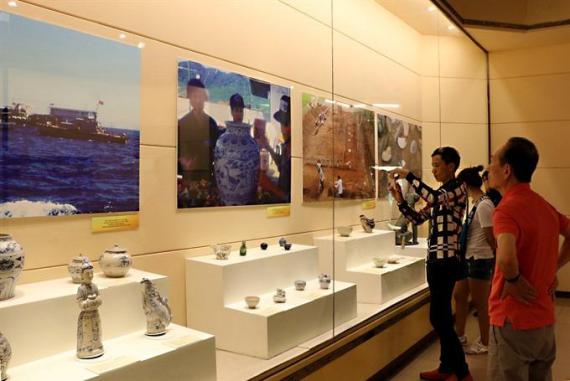
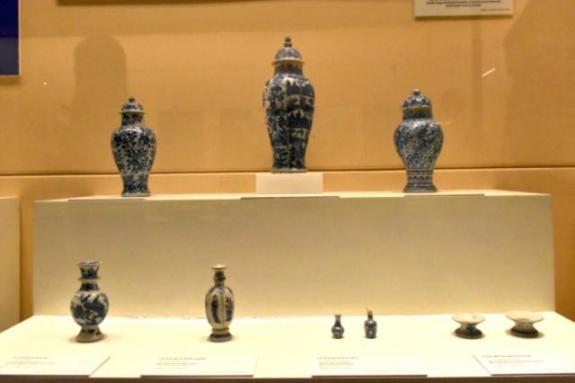
"The Maritime Secrets Revealed from Ancient Ships" displays more than 500 objects collected from shipwrecks in Vietnamese territorial waters between the 15th and 18th centuries. The exhibition presents the "Vietnam narrative" in the historical context of the Maritime Silk Road, showing the importance of Vietnam in maritime trade. The shipwrecked goods are both traditional Chinese and European, reflecting the exchange of Chinese and Western cultures through trade along the Maritime Silk Road.
2、Return from the East: Silk, Spices and Precious Stones, Nantes Museum, France
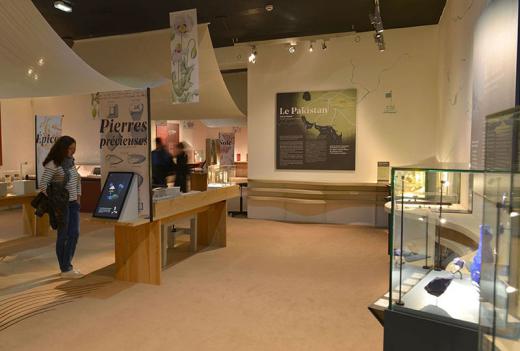
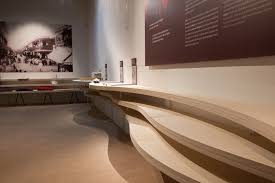
The exhibition showcases the maritime trade of silk, tea, spices, gems and diamonds from Southeast Asia to Africa, recreating the history of the "Jadeite and Gem Road" or "Spice Road". It restores a period of colorful for the audience and rich smell of the Silk Road.
3、Exhibition of Cultural Relics of the Silk Road National Museum, National Museum of China
https://baijiahao.baidu.com/s?id=1631956991517889926&wfr=spider&for=pc
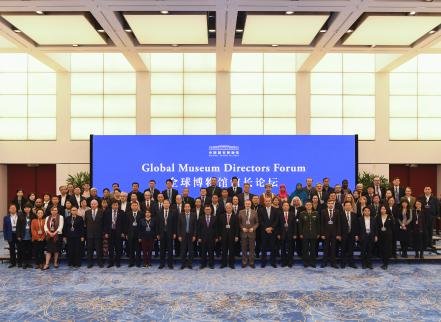
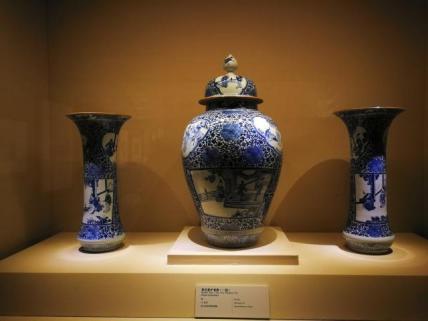
In this exhibition, 234 sets of historical relics from 13 countries were displayed, opening a dialogue of cultural relics along the Silk Road. The exhibition is the first large-scale museum of cultural relics exhibition of countries along the Silk Road. The museum institutions play a huge role in strengthening the museum cultural exchanges, but also from another angle proved the rich variety of countries along the silk road culture exchanges, including migration, religious, economic and trade exchanges, science and technology communication and production way of life, culture and art of mutual influence, etc.
4、The Route of the Sea: NanhanⅠShipwreck Maritime Trade in the Southern Song Dynasty, Guangdong Provincial Museum, China
http://www.prdculture.org/prdculture/yszl/201907/eb2e567d0b68439db1fddcc75675dbad.shtml
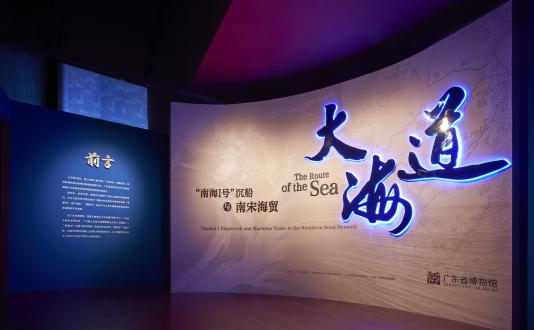
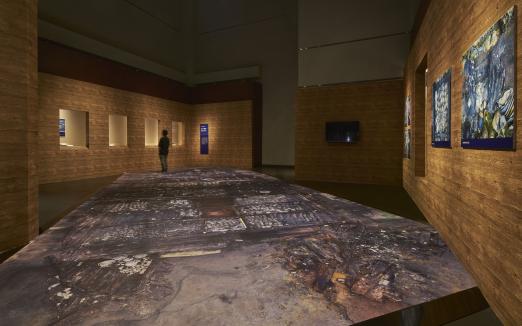
The discovery and excavation of "Nanhai I" has gone through a long process, and for the first time, the exhibition presents the excavations of different institutions to the public in their entirety. The exhibition is a glimpse of the whole leopard by small things. It is unfolded layer by layer to restore the sea voyage of a distant merchant ship in the period of the Southern Song Dynasty. Chen Li finally focuses on the record of shipwreck excavation and protection, arouses people's awareness of protecting cultural heritage with practical work, and plays a good role in popularizing archaeological knowledge among teenagers.
5、Return to BUKHARA: Historical and Cultural Heritage Found in the Tombs of General An Pu and His Friend During the Reign of the Tang Dynasty, National History Museum, Uzbekistan
http://www.history-museum.uz/newsDetails/3


This exhibition is an important cultural exchange and cooperation project between luoyang city of henan province and the co-founding "One Belt And One Road" countries. It is a way to sublimate the theme by seeing small things, vividly showing the flourishing cultural exchanges between China and Uzbekistan on the Silk Road in the Tang Dynasty.
6、Life Along the Silk Road: Little Stories During the Great Era, China National Silk Museum
http://www.chinasilkmuseum.com/jzNX/info_19.aspx?itemid=27318
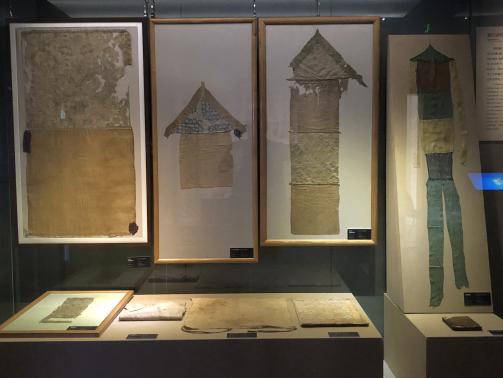
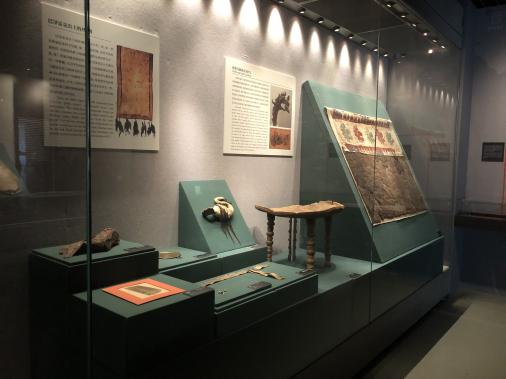
The exhibition with 13 times are different, different nationalities, different status, different life experiences of characters of "stories", to reshape the silk road of the changeable character of size or wonderful legend. The exhibition shows comprehensively the life of people along the Silk Road and the cultural exchange between China and the West, which not only achieves the effect of "seeing things and seeing people", but also develops a unique way from the "grand narrative" of history.
7、Cultural Exchanges Along the Silk Road: Art Treasures from the Tubo Period, Dunhuang Research Institute, China
http://www.silkroads.org.cn/article-20250-1.html
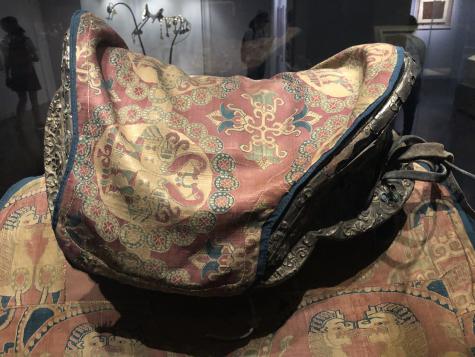
The exhibition is based on the art treasures of the Tubo period from the perspective of Tubo civilization. The exhibition tells the course of Tubo culture from its origin to its development. By reproducing the life of the Tubo aristocracy, it shows the historical origin of Tubo culture and its interaction with the Silk Road culture.
8、Silk Road Cities, Leiden University, Netherlands
https://www.universiteitleiden.nl/en/locations/oude-ub
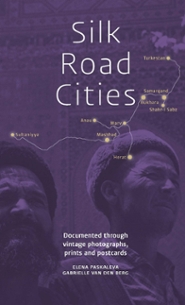
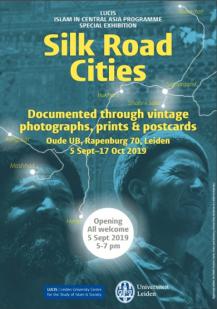
The exhibition takes the cultural integration reflected in Islamic architectural monuments as the entry point, takes old photographs as the main exhibits, and ancient buildings as the theme to show the scenes of people's life in the cities of Central Asian countries along the Silk Road and their close relations with each other to the audience in the university. This display well complements the limitations of the architectural display, presenting the three-dimensional architecture to the audience in the form of text and photos.
9、A Special Exhibition on the Civilizations of the Silk Road, Sackler Museum of Archaeology and Art, Peking University, China
https://amsm.pku.edu.cn/zx/dtxw/1315224.htm?tdsourcetag=s_pcqq_aiomsg
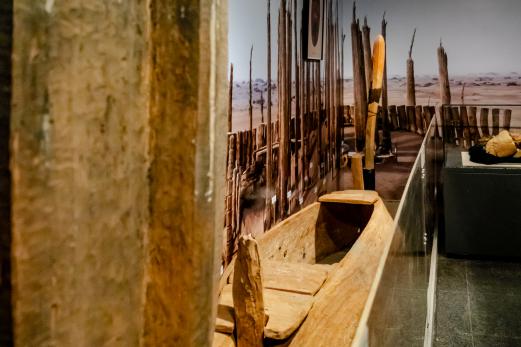

This exhibition brings together 70 precious cultural relics (groups) from 11 museums. The exhibition takes the ancient civilization of Xinjiang as the clue, and from the special geographical position of Xinjiang, discusses the two-way cultural influence between Xinjiang and the Silk Road.By selecting the best cultural relics of Xinjiang, the archaeologists scientifically sorted out the genealogy of the civilization development of a region to show the important status and great contribution of this region on the Silk Road.
10、Golden Horde: The Cradle of Kazakh Statehood, Central National Museum, Kazakhstan
http://csmrk.kz/index.php/ru/mnu-main-ru/33-cat-vystavki/813-mat-zolotaya-orda750
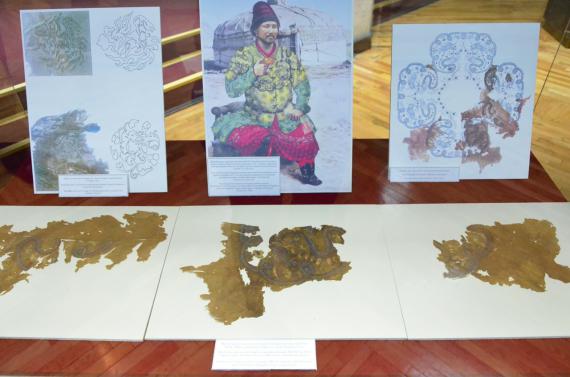
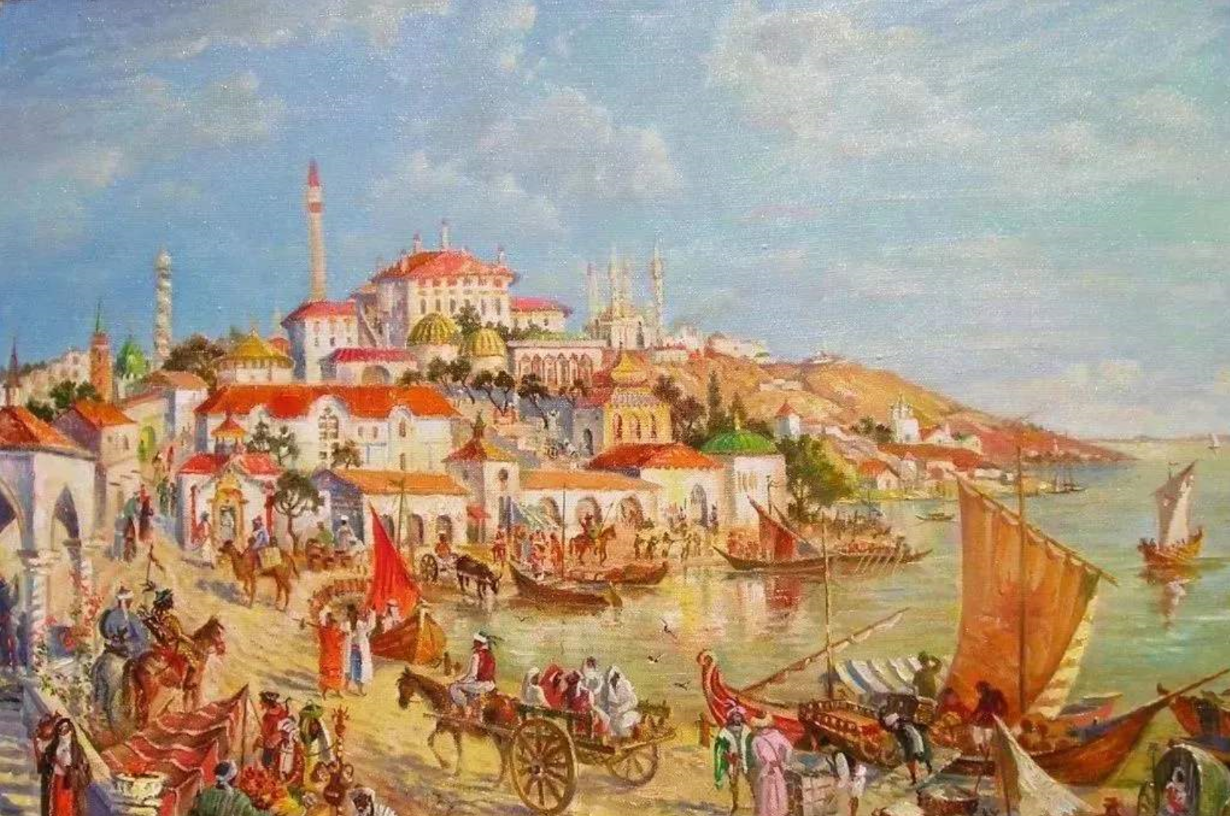
For the first time, the exhibition summarizes the golden Horde, a steppe hegemon born in the 13th and 14th centuries from the perspectives of archaeology, history and nationality, showing the strong core of the Golden Horde, its important position on the Silk Road and its important role in the formation of the Kazakh state, and providing rich materials for a comprehensive understanding of the 13th and 14th centuries of Kazakhstan.
 Pay attention to us
×
Pay attention to us
×